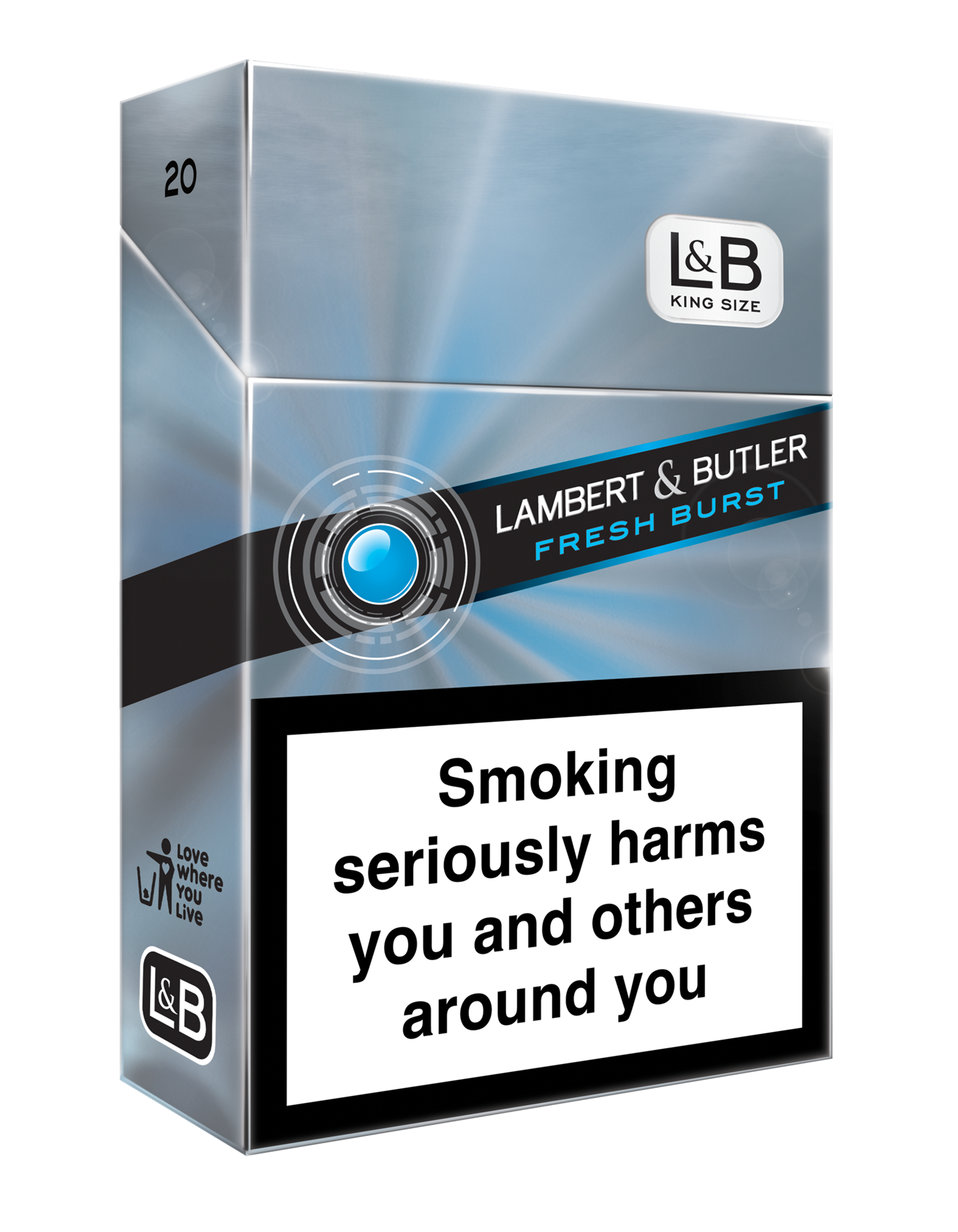

In lightweight construction, this can be a warning sign for building collapse.To salute the film, the Pechanga Resort & Casino in Temecula, Calif., will hold a 20th anniversary cast screening Sept. Brown smoke indicates unfinished wood burning.Slow, white, dissipating smoke (first thick but thinning quickly) is a sign of steam, and indicates early stage heating.
 Thin, black, fast smoke indicates a well-ventilated fire is nearby.
Thin, black, fast smoke indicates a well-ventilated fire is nearby. Smoke signals how to#
More importantly, know how to look at smoke and quickly identify it in terms of these characteristics.
Know the four characteristics of smoke: volume, color, velocity and density. “An experienced fire officer looks away from the light.” The first big barrier to learning to read smoke is that our eyes are naturally drawn to light and movement, both of which are exhibited by fire. Here are a few tips Dodson shared in the first part of his book: Dodson stresses that firefighters and incident commanders need to use their best judgment when reading smoke and committing firefighters to assignments. The above signs of reading smoke are excellent tools to have, but they are not all-inclusive. However, it is essential to remember that smoke color is only one indicator that is a part of a number of indicators used to predict fire behavior and it must be considered in context. The color of smoke is generally thought of as the most comprehensive indicator of fire behavior. Additionally, brownish smoke will tell you that fire has ignited wood, which usually means that the fire has infiltrated the structural integrity of the building and could provide a collapse hazard. When a fire produces dark brown or even black it is an indication that the fire is underventilated and/or it contains an abundance of petroleum products. Under these conditions, the smoke can ignite and create a hazardous and possibly deadly situation for firefighters. It’s important to make a distinction that lighter-colored smoke frequently contains a substantial concentration of unburned, highly flammable, and deoxygenated materials. Wood and other ordinary combustibles will commonly produce smoke ranging from light gray to yellowish. Petroleum products, rubber, and many plastics will produce black smoke. Smoke Color is the visible shade of the spectrum and tells the stage of the fire as well as helps determine the location of the fire. Worse yet due to the concentration, thick black smoke can be an ignitable fuel. T he thicker the smoke, the more spectacular the flashover or fire spread. The greater the smoke density the more likely a hostile fire event, such as flashover or rapid fire spread. Thick or optically dense smoke contains a high concentration of particulates and is difficult to see through. Optical density refers to how difficult it is to see through the smoke. Smoke Density refers to the thickness of the emission and how much fuel is laden in the smoke. In these cases, unless the structure is ventilated and cooled a backdraft, explosive burning of heated gases, will occur due to the improper ventilation. If the velocity of smoke leaving an opening is agitated or turbulent, then rapid-fire progress is likely to occur. The velocity is an indicator of pressure that has built up within the compartment. Smoke Velocity is the speed of the smoke leaving the structure. There can be large volumes of smoke with very little fire. 
The measure of volume is important but unfortunately, it elucidates nothing much other than location. Smoke Volume can provide a useful indication of the location and indicates the amount of fuels off-gassing within an area. Smoke is made up of particulates, aerosols, and gases, and has four attributes: The art of reading smoke must first start with what comprises the emission. “Watching how fast it is changing can tell if we have seconds or minutes before something happens.” Types of Smoke Signals “Reading smoke can tell us what is happening now and, more importantly, what is going to happen in the future,” said author the author of The Art of Reading Smoke, David W. In the case of a structure fire, it helps us predict hostile fire events like smoke explosions, backdrafts, and flashovers. Smoke can help first responders determine the fire’s location, growth, toxicity, the direction of travel. The ability to read the smoke at any position within the company can help those responding to the incident make better tactical decisions. One of the most important skills all firemen should possess is the ability to read smoke signals.







 0 kommentar(er)
0 kommentar(er)
